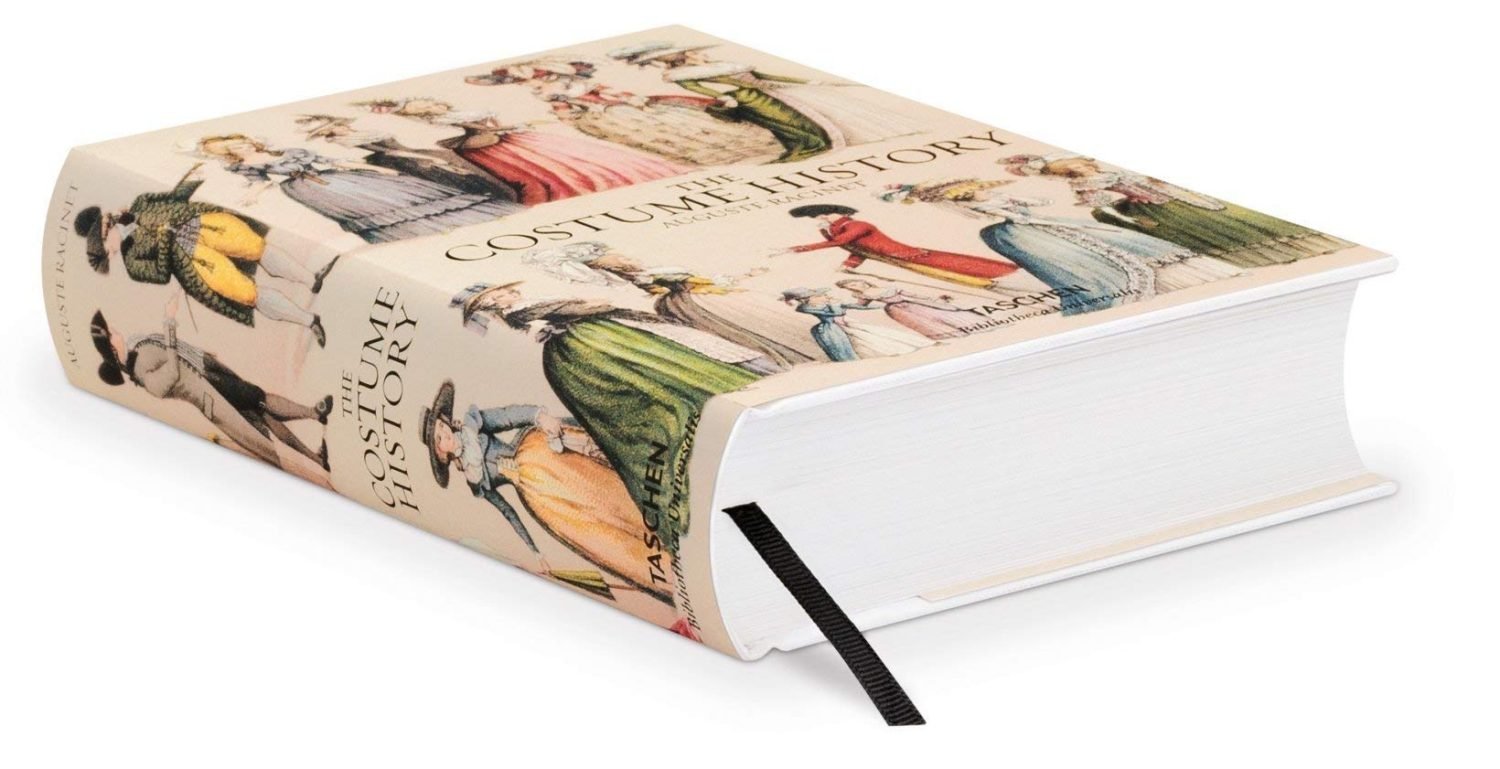Caravans glide over its surface like gigantic fleets. The beautiful, mysterious oasis. A veritable ocean the mighty desert is. It has the same succession of limitless horizons, the same dreary monotony.
Tag: Arabian customs
Traditional Arabian dress and customs in the Middle East.
Encampment of the Alloeen in Wady Araba.
… look around on the ghastly and almost unearthly desolation of this scene, … the trials of the Israelites were far greater than we had ever before imagined.
The colorful and picturesque dress of Arabia. Arabian dancing girl.
Of the two figures pictured here, the man might still, today, be seen walking the streets of Mecca. The woman, however, is a sort of dancing girl
The souk or bazaar in oriental cities.
Souks are an almost universal feature of an oriental Arab city and usually also its economic centre.
The Fountain of Mary or Virgin Fountain at Nazareth.
The figures introduced were all drawn on the spot, and convey an accurate representation of the female costume of Nazareth.
Syria. The clothing of woman and man.
Museum Extension Project.
Besharah, of the Beni Said tribe. The dress of the Arab tribes.
The dress of the Arab tribes on the route to Petra.
Besharah, of the Beni Said tribe, a member of the artists’ travelling party in Egypt, Sinai and Akabah.
Conference of Arabs at Wady Moosa, Petra March 6th 1839.
The Engraving gives a conception of the manner in which the more serious affairs of the natives are conducted.
Petra. An Ancient Watch Tower commanding the valley of El Chor.
Ancient rock-cut watch-tower overlooking the valleys of El Ghor and Akabah. February 5th, 1839.
The Rock of Moses in Wady-El-Leja valley, west of Mount Sinai.
The “Rock of Moses” is, from its size, a remarkable object: it rests isolated where it has fallen from the eastern Mountain above

Auguste Racinet. The Costume History by Françoise Tétart-Vittu.
Racinet's Costume History is an invaluable reference for students, designers, artists, illustrators, and historians; and a rich source of inspiration for anyone with an interest in clothing and style. Originally published in France between 1876 and 1888, Auguste Racinet’s Le Costume historique was in its day the most wide-ranging and incisive study of clothing ever attempted.
Covering the world history of costume, dress, and style from antiquity through to the end of the 19th century, the six volume work remains completely unique in its scope and detail. “Some books just scream out to be bought; this is one of them.” ― Vogue.com











